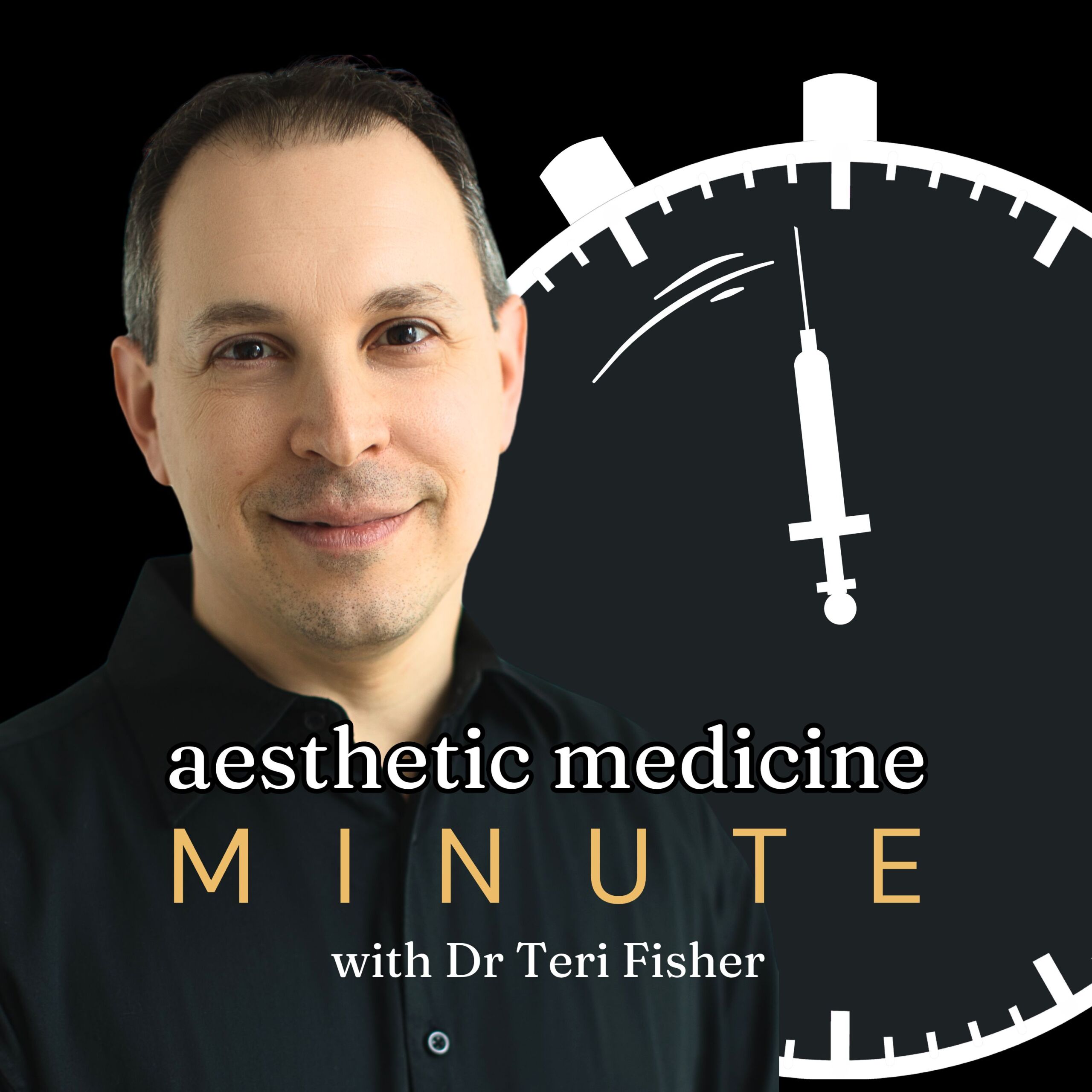
AMM 141: Rising Medical Aesthetics Spending Defies Global Economic Challenges
July 17, 2024
This episode delves into the resilience of the medical aesthetics industry amid rising living costs in developed markets. Drawing insights from a BCG survey of 5,000 consumers across ten major global markets—including the US, China, and Brazil—listeners will learn about the strong consumer demand for aesthetic procedures. The discussion covers the steady growth of the $20 billion industry, with projections suggesting it will reach $27 billion by 2028. Key segments like injectables and medical-grade skincare are highlighted for their rapid growth. Providers, manufacturers, and investors will gain valuable understanding of consumer segments to inform their strategies in this thriving market.
Quick Takes
- 85% of consumers plan to spend as much or more on aesthetic procedures over the next year.
- The global market for medical aesthetics is valued at around $20 billion and is projected to reach $27 billion by 2028.
- Injectables like neurotoxins and dermal fillers are expected to grow by 7%, fueled by an increase in procedures, particularly among younger individuals seeking preventative treatments.
Episode Transcript
Today is July 17, 2024. Despite the increasing cost of living in many developed markets, consumers aren’t skimping on medical aesthetics. A recent BCG survey of 5,000 consumers from ten major global markets, including Brazil, China, and the US, shows a staggering 85% plan to spend as much or more on aesthetic procedures over the next year.
The survey covered countries like France, Germany, Italy, Japan, South Korea, Spain, and the UK. It’s clear: the industry is remarkably resilient, even in the challenging climate of 2024, promising continued healthy growth.
The global market for medical aesthetics is valued at around $20 billion and has been expanding at an annual rate of 8% since 2019. It’s projected to grow by 6% per year, reaching $27 billion by 2028. This mirrors the overall trend in the beauty retail market.
Injectables like neurotoxins and dermal fillers are expected to grow by 7%, fueled by an increase in procedures, especially among younger folks looking for preventative treatments. Innovations in injectables are driving demand as well, with new products offering increased effectiveness. The medical-grade skin care market, on the other hand, is set to grow even faster at 9%.
The key takeaway here is that understanding consumer segments is crucial. Providers, manufacturers, and investors who grasp these segments can tailor their strategies and offer customized services to meet specific needs. So, while costs may be rising elsewhere, the medical aesthetics industry shows no signs of slowing down.
